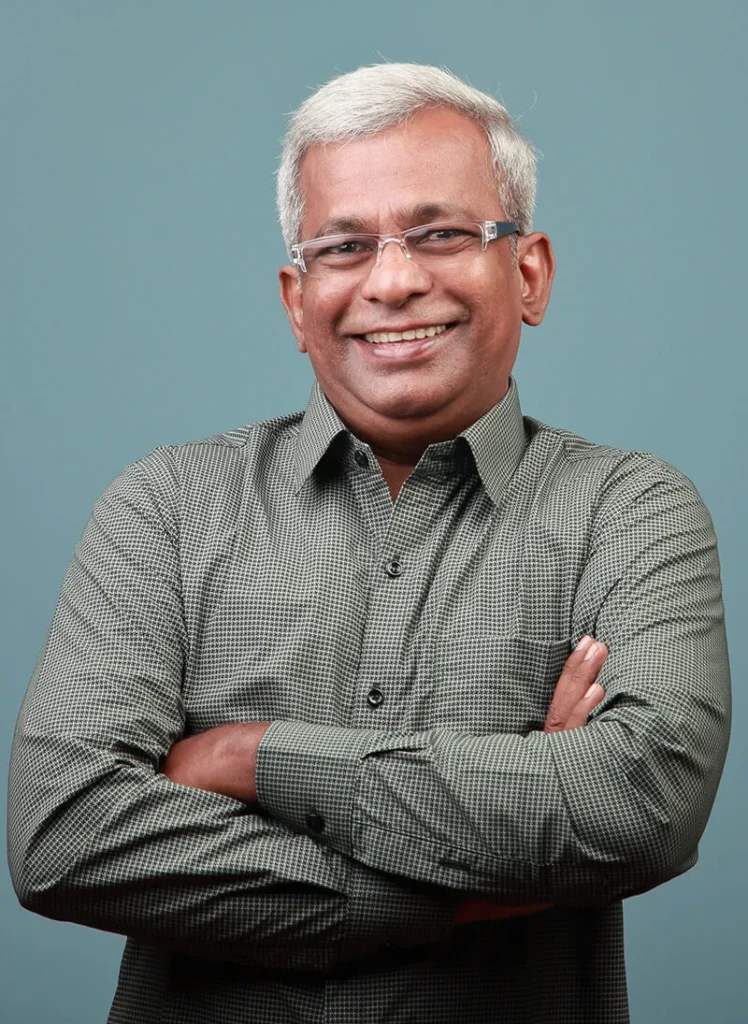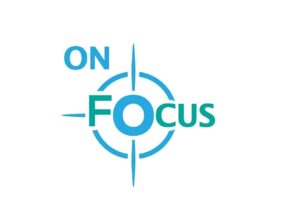Active surveillance and watchful waiting
Active surveillance and watchful waiting are the most common treatment options recommended when you are first diagnosed with prostate cancer.
However, if you’re not satisfied and want to take action on your prostate cancer, talk to us for a second opinion.
At The Focal Therapy Clinic, our expert team of clinical specialists are experienced with all current prostate cancer treatments. They can help you understand all your options and make a decision that you can be confident in.

“Active surveillance may be highly effective in monitoring cancer, but for me, it was doing my head in — constantly worrying, not sleeping properly, and with my mind taking me to some very dark places.”
Perry Letcher
The Focal Therapy Clinic patient
How it works
If your cancer is very early, or growing very slowly, your doctor might suggest active surveillance or watchful waiting.
Active surveillance
Active surveillance involves regular scans and tests to monitor the progression of your cancer, if it’s caught early or looks like it’s growing so slowly you might not need treatment. You will have:
- Regular multiparametric MRIs (mpMRIs), also known as prostate MRIs, every 12-18 months
- PSA blood tests every 3-4 months
Previously, if you were on active surveillance, you would also have regular prostate biopsies. However, advances in MRI technology have reduced the need for this. However, if your cancer changes or pgoresses, you might need a biopsy to diagnose it for definite.
Watchful waiting
Watchful waiting also involves monitoring your cancer, but only using PSA tests and regular GP visits to check your symptoms. You’ll be recommended watchful waiting if:
- You are older and don’t have any symptoms
- You have another medical condition that might make prostate cancer treatment difficult
- You would rather avoid any treatment and its side effects
Suitability
You are most likely to be recommended active surveillance if you have early, or localised, prostate cancer or locally advanced cancer, and you’re older and overall less fit and healthy.
However, if you’re not happy with the risks posed by your prostate cancer, including the anxiety of having a cancer diagnosis, other treatment options could be better for you.
Success rates
Active surveillance has been shown to be safe and effective in reducing treatment for people with early-stage prostate cancer. You have roughly the same chance of living for 10 years after your diagnosis as you do if you choose to have surgery or radiotherapy.
Side effects
If your cancer changes or you experience new side effects, you might need additional tests, such as biopsy. You may also need more radical treatment than focal therapy.
For some people, their cancer diagnosis can cause stress and anxiety, which impacts their overall health. You might decide that you’d prefer to risk an early treatment intervention than your cancer growing whilst you aren’t having treatment.
If you’re on active surveillance or watchful waiting and would like to explore your other treatment options:
contact us today
Any questions?
If you’ve got any questions about your prostate cancer diagnosis or want to know more about HIFU or NanoKnife, don’t hesitate to get in touch with our friendly, knowledgeable team.





